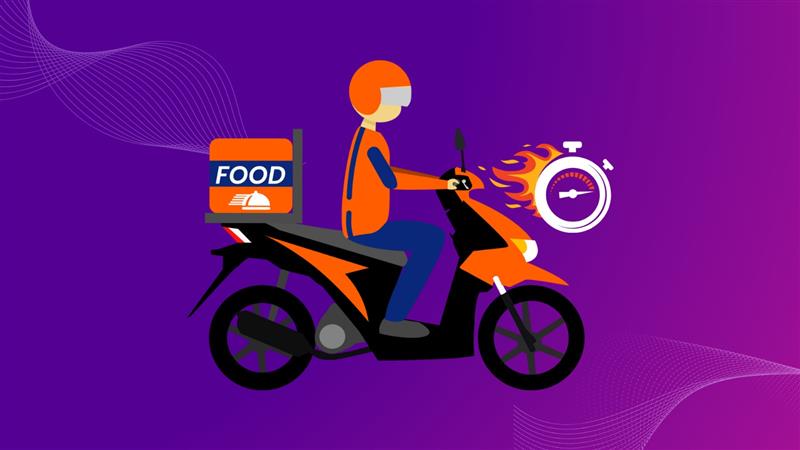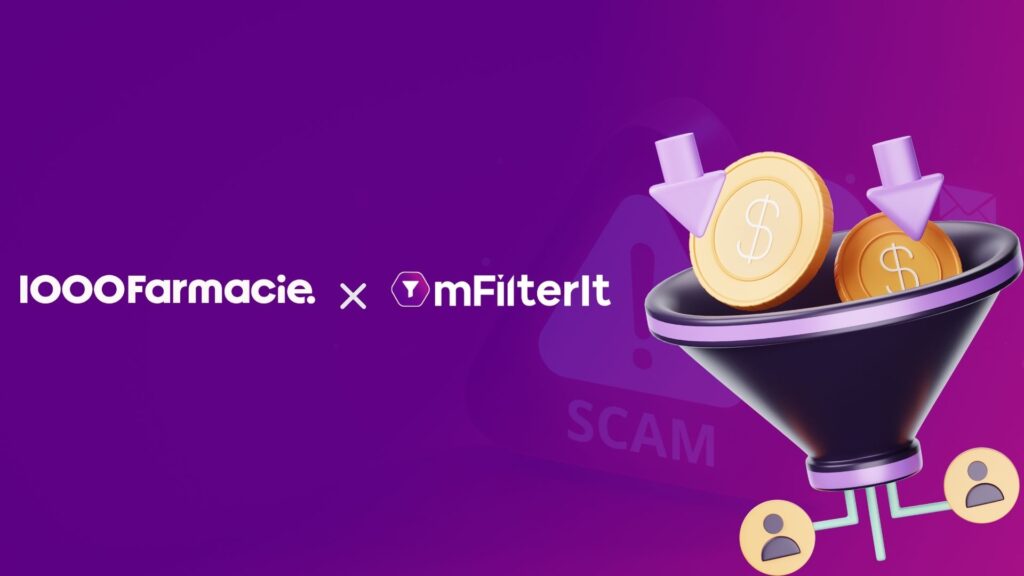Imagine strolling through a desert, thirsty for genuine leads and conversions. Suddenly, an oasis appears—a multitude of clicks, installs, and engagements. It seems like your marketing efforts are paying off, but is this mirage too good to be true?
There are masterminds in the digital ecosystem that are going beyond the thinking capacity of advertisers to steal their money. They are becoming deceptive with their actions and weave a well-planned plot to ensure that the advertisers are unaware of the reality.
As a result, the advertiser often believes what they see and continue investing ad spends on these “painted ad campaigns”.
Though it gives high traffic, the advertiser’s ROI remains low.
But let us throw some light on this cleverly created web of using the case of publisher A.
Table of Contents
ToggleClick Spamming: A Mirage of Good Traffic
In the ad traffic mix, advertisers see some good traffic sources directed by publisher A. The advertiser trusts publisher A, and the publisher gets their payout. However, the reality is a bit twisted which advertisers often miss.
In reality, the advertiser is paying for its organic traffic.
To keep the advertiser in the dark, the publisher uses the technique of click spamming. Using this ad fraud technique, the publisher fires random clicks and steals the last-click attribution of the genuine source which is also known as ‘Organic poaching’.
Despite the fraud happening in the background, the advertiser sees “unsuspicious traffic” in their ad campaigns. To make it more believable, the fraudulent publishers also use click spamming to meet hard KPIs like purchases. This leaves the scope of doubt for advertisers and the publishers get their payout.
Bot Traffic: Orchestrators of Deception
Too good to be true things are often questionable.
Therefore, the publisher puts some stale traffic in their basket using bots. They inflate the ad traffic to meet the set standard of bringing high traffic. However, the abnormal patterns of bots/fake devices are recognizable. This keeps the advertiser under the impression that the incoming traffic is not 100% clean. While the advertiser successfully eliminates the invalid traffic with an ad traffic validation partner, the publisher still wins.
Incent Traffic: Smokes and Mirrors
The above cases were just the tip of the iceberg. After the publisher has successfully moulded the advertiser’s mind by showing both organic and bot-driven traffic, they take the final step of their illusion game.
To hit that last pinnacle of trust of the advertiser, they run incentive campaigns.
They put the advertiser’s campaign on incentivized platforms in order to meet the soft KPIs. Usually, the click-to-install/action rate is high in incentive campaigns.
However, the lifetime value of the user is often low as they install the app to avail the benefits associated with it. Therefore, the quality of traffic is low.
How To Come Out of This Mirage?
Advertisers can take action against bot traffic with a basic ad traffic validation partner. They can help to evaluate the quality of traffic based on bot-pattern-based analysis. However, these validation partners often fail to detect sophisticated patterns like click spamming and incentive fraud.
These fraud techniques impact the quality of events and eventually, skew the analytics of an ad campaign. They create a “good traffic scenario” for the advertiser to stay unaware of the reality behind the smoke screen.
Therefore, to combat sophisticated fraud activities, advertisers need an advanced ad fraud solution that is capable of detecting invalid traffic across the funnel and going beyond the traditional methods of ad fraud verification.
mFilterIt – Your Mirror of Reality
Arm yourself with mFilterIt’s ad traffic validation solution that helps advertisers detect abnormal ad traffic in real-time across the funnel. Using the capabilities of AI, ML, and data science, we provide full-funnel transparency of the ad campaigns for advertisers to make effective business decisions stay clear of the mirage, and see the reality behind this web of deception.
Way Towards a Transparent Digital Advertising Ecosystem
In the ever-evolving digital landscape, ad fraud remains an ongoing battle for businesses. By demystifying its dark art, recognizing its perpetrators, and embracing innovative defence strategies, you can protect your advertising investments and navigate the digital realm with confidence.









